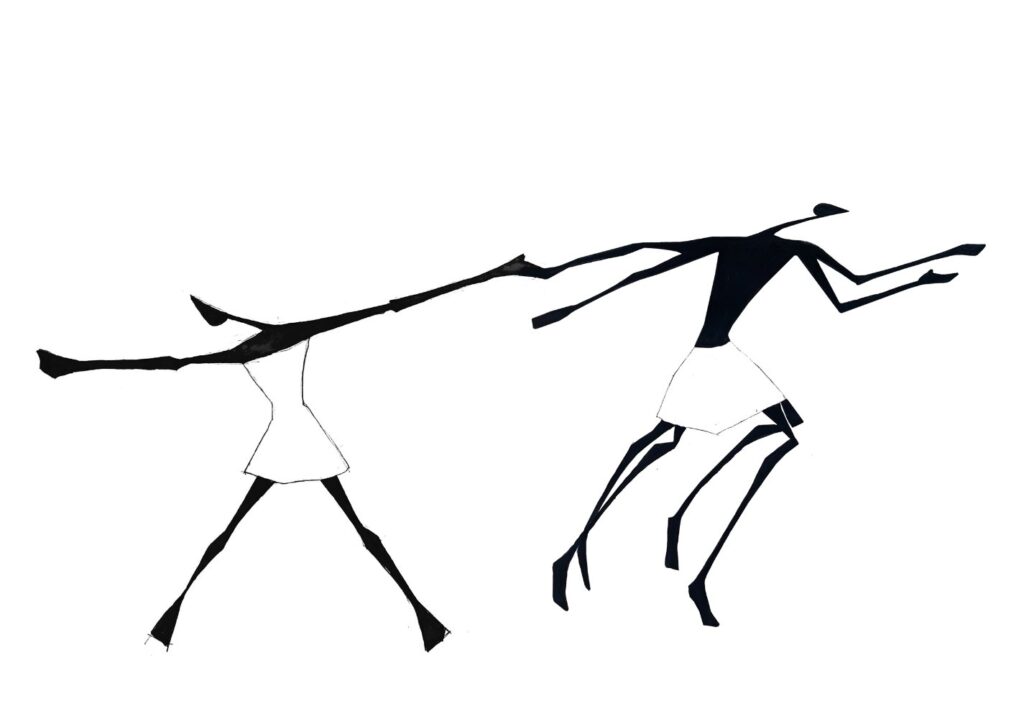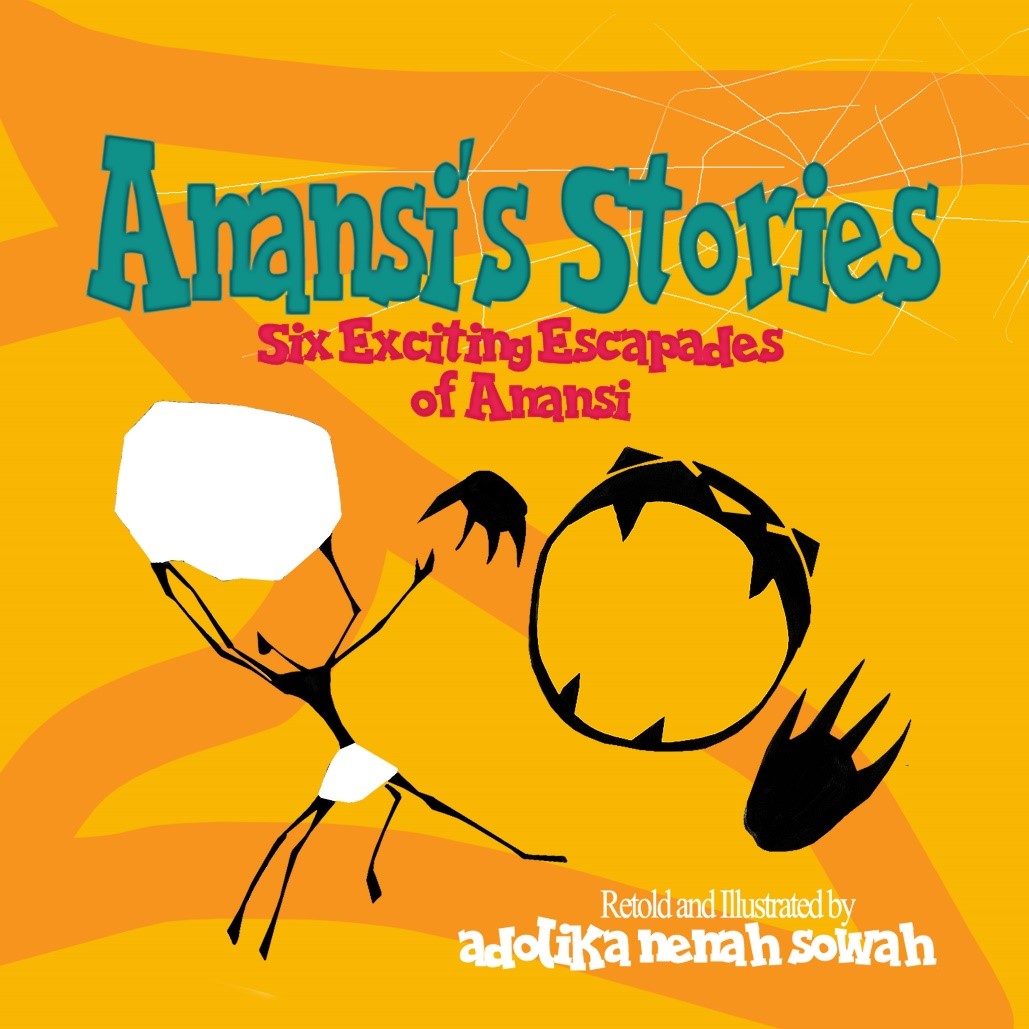Ananse – Good Trickster or Bad Trickster
Ananse is known as a trickster. Indeed, he is cunning as evidenced in many Ananse stories, but to me, he is neither hero nor a villain.
I came to that conclusion through the process of writing two books of Ananse stories – The Contest and Other Spiderman Tales, and my new collection just out on Amazon, Anansi Stories, Six Exciting Escapades of Ananse.
This second collection of Anansi stories is a follow-up to The Contest and Other Spiderman Tales, which won a Ghana Association of Writers Award in 2021. In illustrating these stories, I was inspired by the rock art of the Khoi San people of Southern Africa, and the illustrations of English artist Arthur Rackham. The illustrations in both books represent a unique synthesis of the two. If the idea in the first book was to pick seven well-known stories, this second book is my venture into lesser-known material.
What are Ananse Stories really like?
The stories in my first collection of Ananse stories in The Contest and Other Spiderman Tales, were sourced from Accra, where I live. I have heard various versions of these stories over the years. My second collection of stories is sourced from the rural environs around Kumasi, the capital of the Ashanti region, the Ashantis being of the Akan group from which Ananse stories originate. The newly sourced stories are darker, edgier, and more open-ended than the stories in my first collection.

A greater part of the stories I hear in Accra is those that include a moral. As part of modern Ghanaian children’s literature, such stories are often used to teach right from wrong.
Typically, a story would describe a series of events that depicts Anansi’s greed and cunning. As a result of his actions, Ananse gets into trouble and is finally punished. The punishment could be a loss – loss of wisdom in the Wisdom Pot, or public humiliation, as in The Gum Man. Ananse receives his comeuppance in the end.

Ananse – Villain or Hero?
In the new collection, Anansi Stories, Six Exciting Escapades of Anansi, the spider’s actions range from what we perceive as acceptable or deplorable. The spider does whatever it needs or wants. He is both villain and a victim. He may represent oppressive power, or the hunted down and oppressed, often in the same story. Ananse is ambivalent, shifting from one role to the other within a few scenes in a tale. In addition, the narratives do not have a clear-cut sense of victory – a good over evil end, something we are so used to seeing in Hollywood movies, and a heavy part of our consumption of popular culture. As a result of this influence, the contemporary reader may find the stories in Anansi Stories, Six Exciting Escapades of Anansi, seem incomplete or certain events described in them disconcerting.
Disconcerting because the stories in the new collection are often morally ambiguous: one has to learn to read with a clean and open mind. Like a wanderer, the reader must allow themselves to be led along these narratives without any resistance, and without any preconceived notions.
For example, in Peprensaprensah from Anansi Stories, Ananse marries Nana Onyame’s beautiful daughter as a result of a dare. Her name was a secret and it was only Path who knew her name and told the spider. Once Ananse knew her name, he told Nana Onyame, who had said that if anyone guessed her name, they could have her in marriage. It was obvious that Nana didn’t dream that anyone could know her secret. She must have been distraught, I believe. Why? After all, in the story, after being made Ananse’s wife, she cries out to her father in agony, that it was Path who told Ananse her name. And what happens after that? Nana Onyame grabs Path and flings him so hard, that Path breaks into several pieces. This is supposed to explain why there are many other paths all over the world.

So, is the spider bad or good? We don’t know. We also don’t know what happens to Ananse, and Nana Onyame’s daughter who seems upset by the state of things. Nor does the story seem to care, since we don’t hear of him, nor poor Peprensaprensah again. This kind of ambiguity is seen in other stories where there are no clearcut moral lessons to learn. The stories often feel like a slice of life, all held together by a central character. They are a mirror of life and the struggles we all face in our existence. In them, Ananse embodies the different sides of human nature, both good and bad. He embodies the wit necessary to survive. He is both villain and hero and the spider’s extraordinary escapades in Anansi’s Stories show just that.
Anansi Stories, Six Exciting Escapades of Anansi, available now on Amazon.





